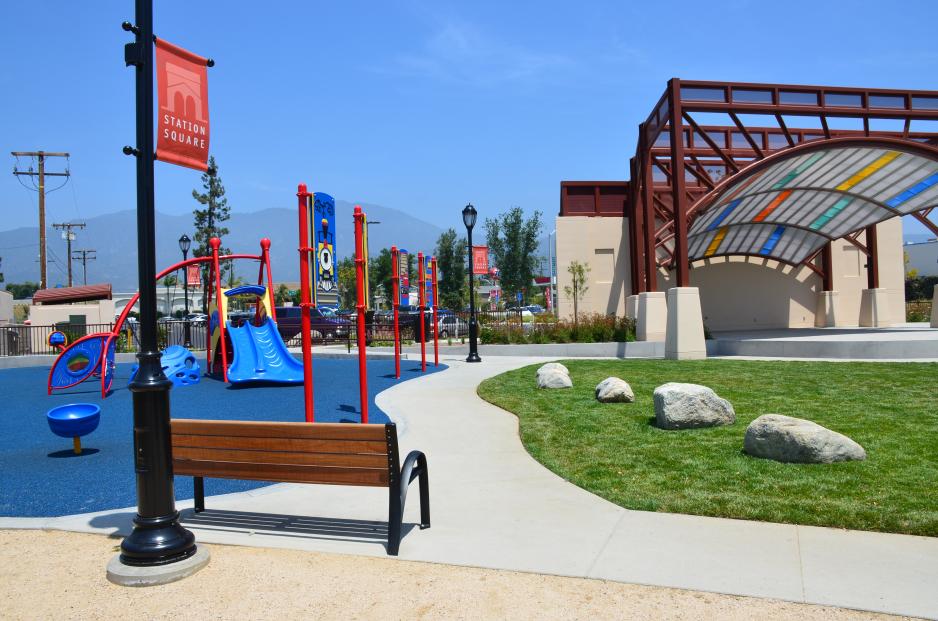Partnerships and collaboration between local jurisdictions, developers, and community members are important to develop station areas that are attractive and functional to the surrounding community.
Many of VTA’s rail stations and major bus transfer facilities exist in well-established areas and serve a mix of land uses including suburban residential, downtowns, commercial, or industrial. While some station areas present opportunities for comprehensive long-range Specific Area Planning or equitable Transit-Oriented-Community projects all have significant opportunities for improvement through incremental change.
Overall vision for the station area is important. Bringing together the community and stakeholders in the earliest stages of change, opportunities and challenges can prevent future conflicts. Given the varying conditions at each station area, station area planning best practices can produce varying kinds of changes and at different rates.
Big Picture Ideas:
- Enhance the active transportation environment, including places for pedestrians and bicycles.
- Establish a sense-of-place for the station area.
- Change land use policy to increase activities, broaden services, and better support walking, transit use, and the surrounding community.
Body
